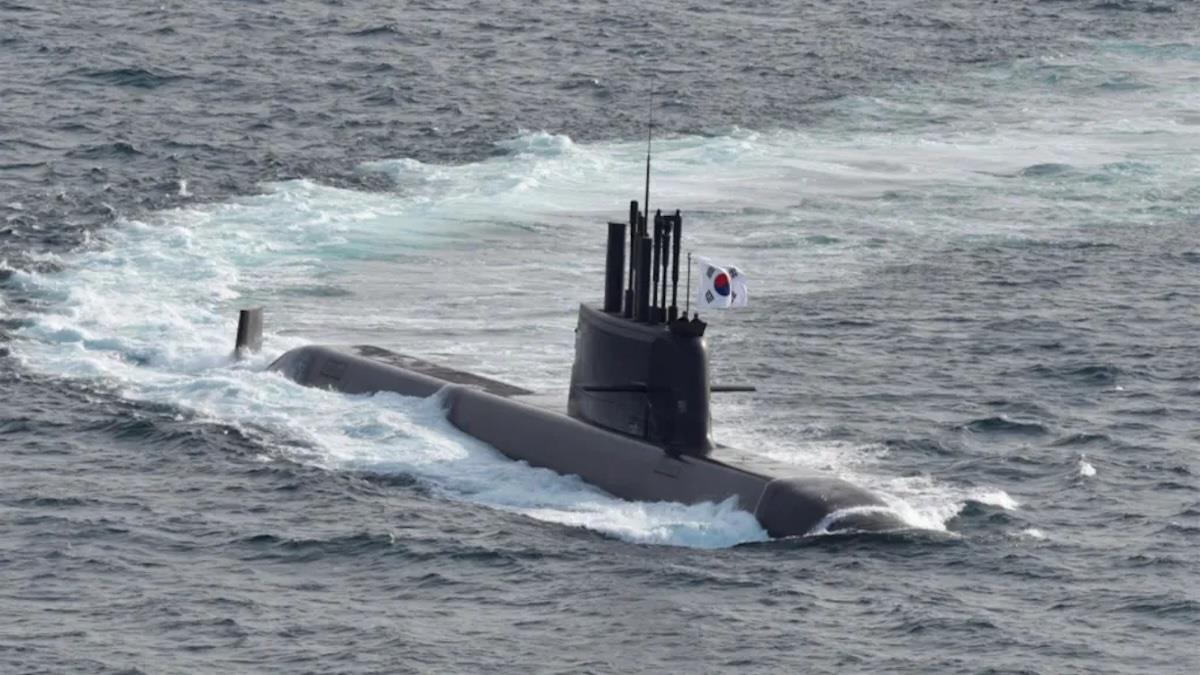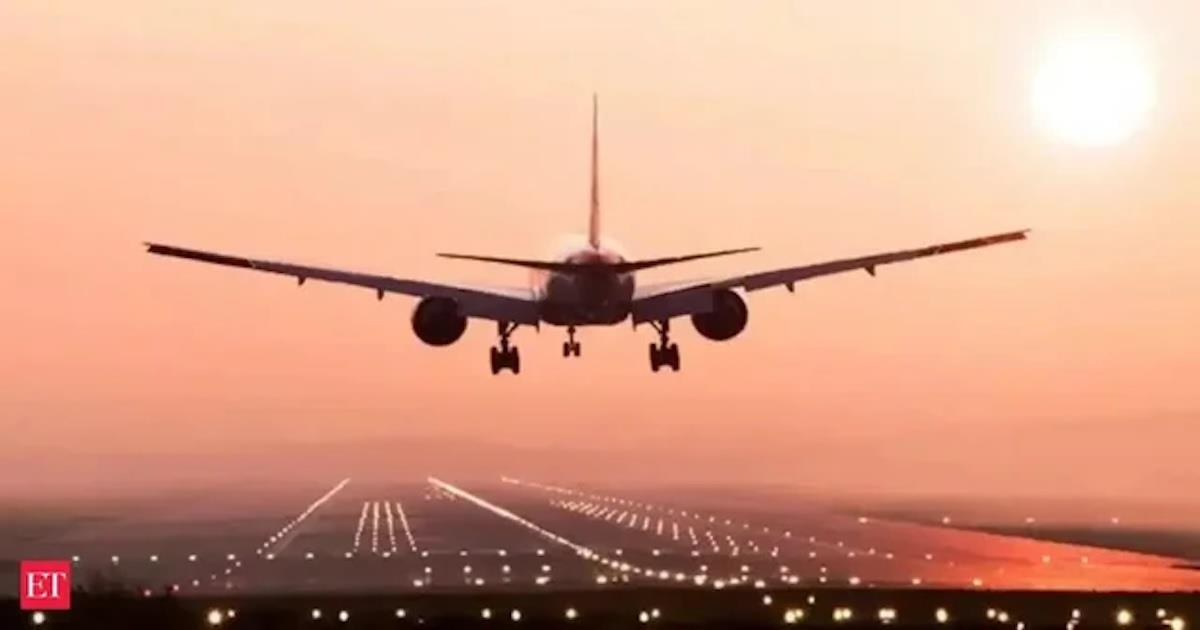
India-China Flights Resumed: A Signal Of Strategic Recalibration
This quick succession of direct flight resumptions not only marks a significant step forward in ending a five-year diplomatic frost. These developments promise to boost the momentum of an overall process of thawing that but lately had given way to inertia edging on despondency.
At peak, India and China operated 2,588 flights for the year 2019 accounting for 1.25 million two-way passengers. The Delhi-Shanghai route alone accounted for 149,000 passengers. But due to the Covid-19 pandemic, the last direct commercial direct flight had been in February 2020.
Soon after, the Galwan Valley clash of June 15, 2020, resulted in a complete stop of direct flights between the world's two most populous countries.
For the next four years, 2020-2024, while bilateral trade continued to grow and their political leaders occasionally met on the sidelines of various multilateral meetings, the two countries saw heavy forward military deployments on their high-altitude Himalayan frontiers and an airless void in their much touted expanding people-to-people ties.
A controlled thawThe 2020 Galwan clash was the first deadly encounter along the India-China Line of Actual Control (LAC, or ceasefire line) since 1975. It froze political dialogue, halted military exchanges and saw India ban over 200 Chinese mobile apps and tighten foreign direct investment norms for Beijing.
Then gradually – over 23 rounds of Corps Commander-level talks and 15 meetings of the inter-ministerial Working Mechanism for Consultation and Coordination on India–China Border Affairs (WMCC), tensions gradually defused with disengagements at the Galwan, Pangong Tso, Gogra-Hot Springs, Depsang and Demchok flashpoints.
But taking their military disengagement forward to de-escalation and trust building has had its challenges. This is where restoring of civil aviation links can be seen as signaling renewed bureaucratic coordination and political trust in the making – a low-risk, high-symbolism experiment in coexistence to start their next chapter in confidence building.
Latest stories
A battlefield report: Neither side is winning US-China trade war

US-based construction of South Korea's N-sub: It's complicated

Singles' Day, a $150B holiday in China, will catch on in the US
At its core, both countries remain firm on the ceasefire line while permitting calibrated normalization on their overlapping interests, if any. In this, while India's approach has been border-centric - asking for resumption of Kailash Mansarovar pilgrimage, revival of river water data sharing, opening border trade points - China stresses the bigger picture, arguing against permitting any single issue to hold hostage the entire relationship.
Economic pragmatismSomething unique in India-China relations need to be underlined. Even at the height of their military stand-off, trade between the two expanded by nearly 43% between 2020 and 2023, rising to $136 billion. Also, China remains India's largest or second largest trading partner, accounting for almost 14% of India's total trade, and is the largest source of India's imports even as India continues to stress diversification and decoupling.
From the perspective of their sustained economic partnership, resumption of direct flights promises to strengthen these ties. Before the suspension, there were 42 weekly flights connecting Delhi, Mumbai, Bengaluru and Kolkata to Beijing, Shanghai, Guangzhou and Kunming. These links were critical to the movement of professionals including engineers, as well as supply-chain executives.
Reinstating these routes reduces costs and restores confidence for sectors including pharmaceuticals, electronics, renewable-energy components, and IT services. It signals that economic pragmatism is again steering their relationship, even as geopolitics remains in turmoil. This pragmatic separation of strategic competition from commercial cooperation mirrors China's guarded interdependence with all its adversaries.
But China, confronting Washington even as it tries to focus on fixing a troubled economy, (GDP growth of 4.6% in 2024 is the weakest since 1980s), also needs to have stable ties with its big South Asian neighbor, which is inching toward becoming the world's fourth largest economy and is already he fastest growing among major economies.
Restoring P2P tiesBefore 2020, over 23,000 Indian students were enrolled in Chinese universities - mainly in medical, language, and engineering programs - while 2019 saw over a million business travelers, tourists, students, professionals moving between these two countries.
But the pandemic and Galwan combined to produce a total freeze: thousands of Indian students remained stranded for more than three years. Their eventual return from 2023 onward, routed through Hong Kong, Bangkok or Singapore, has been painfully slow. But the numbers of other travelers have been increasing.
Direct flights should now normalize academic mobility, reopening one of the most important but under-acknowledged pillars of the bilateral relationship. Both Indian and Chinese authorities have also signaled readiness to expand capacity depending on demand, which portends a quiet but significant policy shift.
Cultural diplomacy, too, may benefit. Events like the India-China Film Week (last held 2019) and Yoga Day celebrations at the Chinese capital could resume, providing softer spaces for rebuilding mutual familiarity.
Regional & strategic messagingThe decision to reopen flights also comes as President Xi Jinping pushes a post-pandemic outreach to the Global South countries. In 2025, Beijing hosted the Forum on China-Africa Cooperation and announced plans to hold the China-ASEAN Expo in Nanning. Restoring links with India fits into this narrative of a more open and less combative Beijing.
For India, as well, agreeing to resume flights without fanfare projects strategic maturity and autonomy. Since January, President Trump's tariff hikes have also contributed to India's pragmatism toward Beijing. This complements its multi-vectored foreign policy of being part of the Quad, the Indo-Pacific Economic Framework and also the Shanghai Cooperation Organization and BRICS - an architecture of flexible alignments that define India's strategic autonomy.

Sign up for one of our free newsletters
-
The Daily Report
Start your day right with Asia Times' top stories
AT Weekly Report
A weekly roundup of Asia Times' most-read stories
Each successful landing should thus validate the two countries' fragile understanding that, despite unresolved borders, routine cooperation must persist. If sustained, this could expand to other domains: relaxed visa regimes, business chambers' visits,and perhaps even defense-track conferences. These can offer logistical foundations for ministerial dialogue, business summits or Track II exchanges that can quietly readjust expectations of respective domestic constituencies.
But let's not forget that one more border flare-up or nationalist outburst can, once again, ground these planes overnight. Connectivity thus functions as both a bridge and a barometer of bilateral stability.
Beyond symbolismIn strategic studies, symbolism often precedes substantial changes. The reopening of skies over the Himalayas is not a peace treaty; it is a gesture of cautious optimism. But in a bilateral relationship defined by rivalry and risk management, each gesture matters.
This move of resuming direct flights likewise underscores a shared, if unspoken, recognition that complete disengagement is not a choice for either side. Neither nation benefits from perpetual hostility: India needs to stabilise its frontiers to consolidate its economic rise; China needs to avoid multi-front tension as it navigates slower growth and Western decoupling.
Both have learned, perhaps grudgingly, that communication and competition must coexist. And, if the experiment endures - and planes do not face any serious political turbulence - it will mark the slow revival of a relationship that has been gasping for oxygen since 2020.
So in reactivating flight paths across these fractured skies, as each aircraft crosses the Himalayan wide it carries not just passengers but also a brief - that these two civilizational powers, bound by geography yet divided by history, can choose cautious connectivity over any pretentious precipice.
Swaran Singh is a professorof international relations at Jawaharlal Nehru University.
Sign up here to comment on Asia Times stories Or Sign in to an existing accounThank you for registering!
An account was already registered with this email. Please check your inbox for an authentication link.
-
Click to share on X (Opens in new window)
Click to share on LinkedIn (Opens in new window)
LinkedI
Click to share on Facebook (Opens in new window)
Faceboo
Click to share on WhatsApp (Opens in new window)
WhatsAp
Click to share on Reddit (Opens in new window)
Reddi
Click to email a link to a friend (Opens in new window)
Emai
Click to print (Opens in new window)
Prin

Legal Disclaimer:
MENAFN provides the
information “as is” without warranty of any kind. We do not accept
any responsibility or liability for the accuracy, content, images,
videos, licenses, completeness, legality, or reliability of the information
contained in this article. If you have any complaints or copyright
issues related to this article, kindly contact the provider above.


















Comments
No comment